Nationality Russian | Name Tatiana Proskouriakoff Fields Linguistics | |
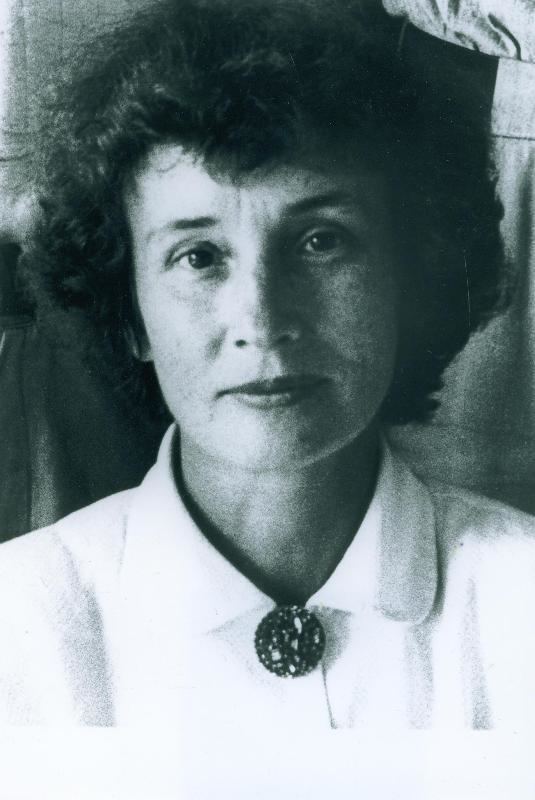 | ||
Native name Tat'yána avenírovna Proskuryakóva (Tat’yana Avenirovna Proskuriakova) Institutions Peabody Museum of Archaeology and EthnologyCarnegie Institution of WashingtonUniversity of Pennsylvania Museum Books An album of Maya architecture Similar People Sylvanus Morley, Gordon Willey, Jerry Sabloff, Rosemary Joyce | ||
Tatiana proskouriakoff
Tat’yana Avenirovna Proskuriakova (Russian: Татья́на Авени́ровна Проскуряко́ва) (January 23 [O.S. January 10] 1909 – August 30, 1985) was a Russian-American Mayanist scholar and archaeologist who contributed significantly to the deciphering of Maya hieroglyphs, the writing system of the pre-Columbian Maya civilization of Mesoamerica.
Contents
- Tatiana proskouriakoff
- Unearthed in the archives tatiana proskouriakoff
- Early life
- Reconstructive archaeology
- Awards and recognition
- Published works
- References
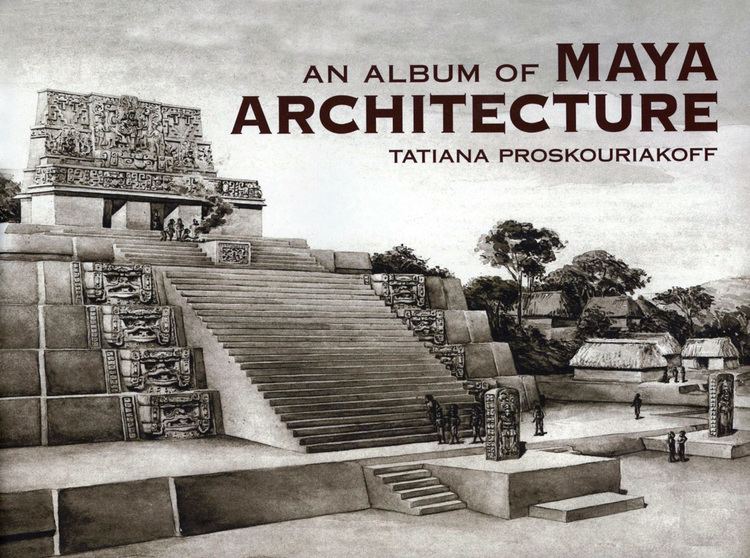
Unearthed in the archives tatiana proskouriakoff
Early life
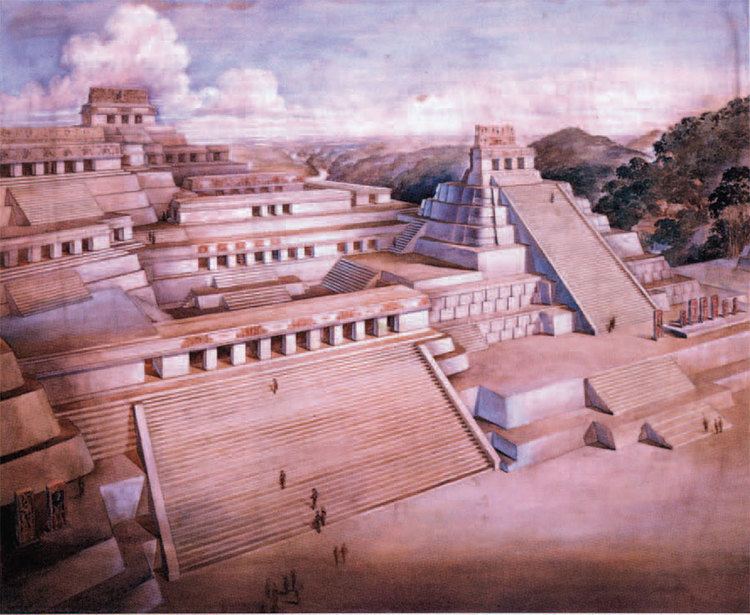
She was born in Tomsk, in the Tomsk Governorate of the Russian Empire to a chemist and his physician wife. The family travelled to the United States in 1915, her father being asked by Tsar Nicholas II to oversee the production of munitions for World War I. The Russian Revolution forced the family to remain permanently. She was to visit Russia only once after that, to meet the Mayanist Yuri Knorozov.
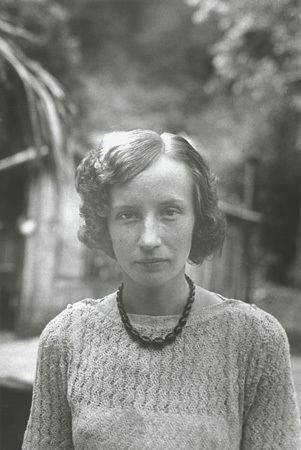
She was devoted to a career in interpreting art, architecture, and hieroglyphic. While growing up, Tatiana could read fluently at the age of 3. She had a talent for drawing and received lessons in art and watercolor.
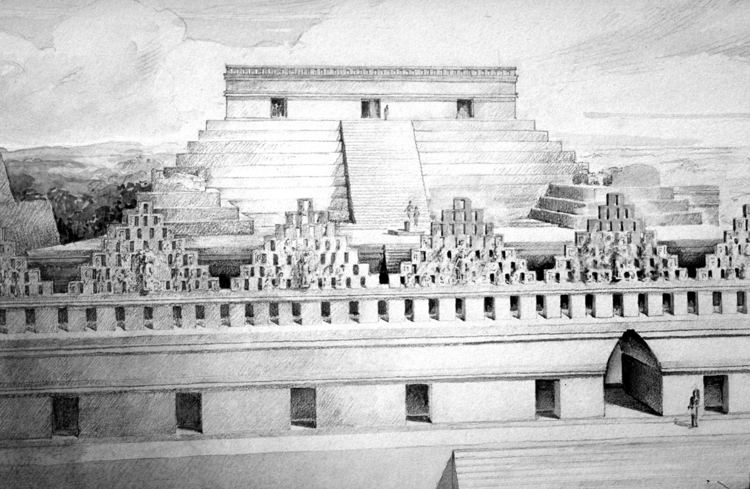
The family lived for a while in Ohio, and moved to the Philadelphia area before settling down in Lansdowne, Pennsylvania. Tatiana did very well at school, was the editor of the school yearbook, and graduated valedictorian of her class.
She spent a year studying at the University of Pennsylvania before graduating from the Pennsylvania State University in 1930. Initially educated as an architect, she later went on to work for Linton Satterthwaite and for the University of Pennsylvania Museum at the Maya site of Piedras Negras in 1936–37. The Piedras Negras site lies between Mexico and Guatemala. Traveling there was the start of her life's work, as she found a passion for studying the ancient Maya. She made a reconstruction drawing of the Piedras Negras acropolis on her return to Philadelphia.
Reconstructive archaeology
While enrolled in graduate studies at the University of Pennsylvania, Proskouriakoff prepared archeological illustrations as a volunteer at the University Museum. Through her work with the Museum’s Assistant Curator of the American Section, Linton Satterthwaite, Proskouriakoff received an invitation in 1936 to join the Museum’s excavation work at the Mayan site of Piedras Negras.
Although Proskouriakoff never received a degree in the field of Maya studies, her dedication and ability for it led to her receiving positions at the Carnegie Institution in Washington D.C., then later at Harvard University. Her position at Carnegie was procured when Sylvanus Morley saw the panoramic reconstruction on a visit to the Museum; he was impressed, and prevailed upon her to make more for the Carnegie Institution of Washington. Unable to get the institution to hire her, he raised funds to enable Proskouriakoff to travel to Copán and Yucatán, which she did in 1939. Returning after she completed the drawings, she was given the post of a research associate at the Institution in the early 1940s.
She soon became involved in Maya hieroglyphs and made significant contributions to the understanding of Mayan written language. For example, her 1942 scholarly analysis of the hieroglyphics at the Takalik Abaj ruins in Guatemala establish that the site was in part Maya, settling a debate at that time. Her greatest contribution was considered the breakthrough for Maya hieroglyphic decipherment in the late 1950s and early 1960s. Utilizing the theories of Yuri Knorozov, she discovered that the writing on the monumental stela and other buildings was actually historical, dealing with the birth, accession, and death dates for the Maya rulers. Analyzing the pattern of dates and hieroglyphs, she was able to demonstrate a sequence of seven rulers who ruled over a span of two hundred years. Knowing the context of the inscriptions, Maya epigraphers were then able to decipher the hieroglyphs.
She became honorary curator, Maya art, of the Peabody Museum in 1958. Tatiana Proskouriakoff died in Cambridge, Massachusetts, on August 30, 1985. She was 76 years old. She was buried at Piedras Negras in the Structure J-23, on Easter Sunday, in April 1998; a plaque in her honor shows her tomb.
Awards and recognition
Published works
Proskouriakoff's publications include:
